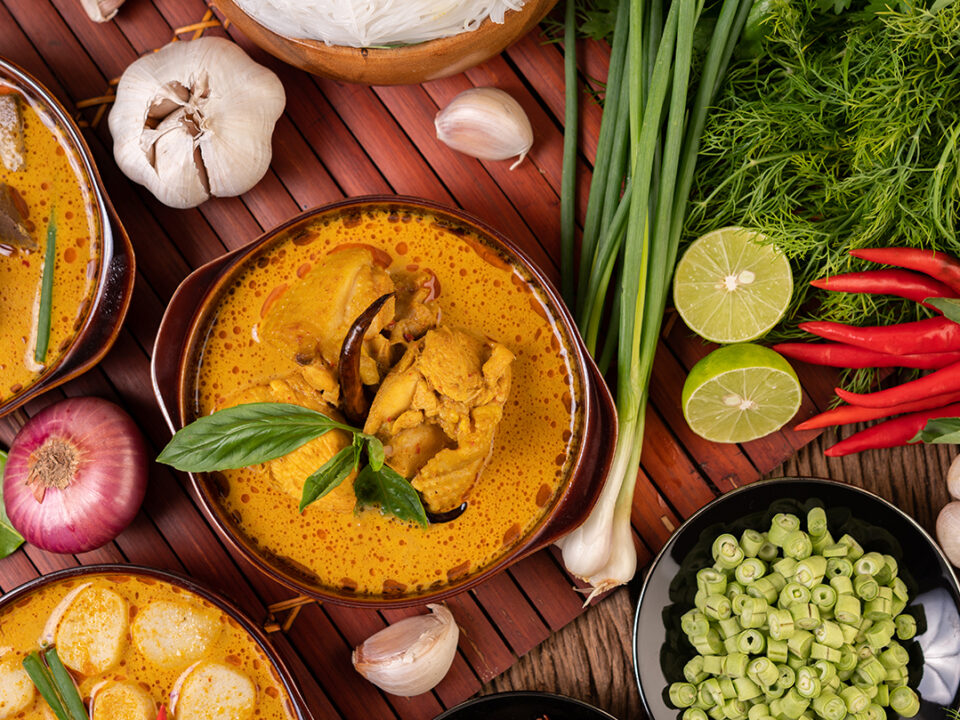People love Indian food, some for its spices, some for its aroma and some for its satisfying content. It lingers for hours in the consciousness and sometimes on the hands in the shape of the Turmeric stains, which won’t leave even after repeated hand washing.
But there are things about Indian food and the Indian kitchen that most people don’t know. They are so specific to Indian Kitchen that most people won’t even know these rituals and peculiarities exist.
Coming from India- known as the spice capital of the world- Indian food is considered a mix of aromatic and mouth-watering spices. But that is not the whole truth. A plenty of Indian Dishes are made without using spice-yes, not even a single spice. There are a lot of other exciting facts; let’s dive into them.
1. Flavours of India. It is not just spicy; Indian food is said to be a blend of six prominent flavours. Spicy, Salty, Sweet, bitter, sour and astringent. The cook’s experience, the combination of spices, and their perfected proportions bring out these flavours. In the majority of the dishes, two out of these six flavours are prominent, while four are very subtle. Every dish stands out from the others for this dominance and subtleness of flavours.
2. Hygiene is not just important; it is sacred.
Indian kitchens are known for their sacred and religious attributions. In a traditional Indian household, one cannot cook in the kitchen without taking a bath, enter with slippers, and eat anything inside the kitchen. Tasting food for taste or salt during preparation is prohibited and considered unclean. Regular and frequent washing of hands is mandatory.
3. Some famous dishes associated with India are not, in fact, Indian.
Because they are spicy or sweet or feel Indian does not mean they are Indian in origin; though it is in India, they found their best form. Some very prominent examples are Chicken Tikka Masala (Scotland), Samosa(Middle-East), Saffron(Greek/Roman), Coffee(British), Daal-Chawal(Nepal), Gulab Jamun(Mediterranean) Jalebi and our very own Biryani(Persian Origin).
4. Indian Cooks hate premixes.
Premixes are for amateurs. Any Indian cook prides herself with immense knowledge of blends and proportions. Most households use authentic spices with a mix of home-grided, roasted or raw variants of every spice. The same spice can give different tastes based upon its form, i.e., roasted and ground, roasted and ungrounded, unroasted and ground, or unroasted and ungrounded.
5. There are over 200 desserts.
Kheer, Gulab-jamun and Rasmalai are not the only desserts. Indian cuisine has a wide variety of over 200 different desserts. The Portuguese brought refined sugar to India in the 14th century; the authentic desserts are made without sugar, using fruit extracts, honey or jaggery as sweeteners.


No Replies to "5 Things About Indian Kitchen We Bet You Did Not Know."